The buzz around the Fujifilm GFX100RF is real—and I get it. Sleek design, 102 megapixels, medium format sensor, a nod to Leica’s iconic style… it’s enough to make any photographer curious. But as tempting as it is to jump on the hype train, I find myself coming back to a simple truth: I still prefer the Leica Q or Leica M with the full frame 35mm sensor as oppose to this new medium format wonder from Fuji. I’m just not convinced that medium format is the right move for me.
It’s Not About Megapixels. It’s About Light.
Yes, the GFX100RF looks impressive on paper. But numbers alone don’t make great images—light does. And for someone like me, who shoots a lot in low light and at night, light-gathering capability trumps resolution every single time.
My Leica M paired with the Summilux 28mm f/1.4 lens is an absolute beast in the dark. The full-frame sensor delivers clean, detailed files even at high ISOs. I’ve walked city streets at night and captured shots handheld that I would’ve missed with slower glass or noisier sensors. It’s not just technically impressive—it’s creatively freeing.






Meanwhile, the GFX100RF’s newly announced lens is an f/4. On a full-frame equivalent scale, that’s more like an f/3.2 for depth of field. But when it comes to light, there’s no equivalence—f/4 is f/4. And that slower aperture is going to show its limitations in the environments that I often shoot in.
Medium Format Isn’t the Holy Grail for Everyone
I’ve had hands-on time with medium format cameras, including other models from Fujifilm’s GFX line. There’s no denying the image quality is stunning—especially for studio work, landscapes, or controlled lighting situations. But for real-world shooting, when agility, size, and speed matter just as much as resolution? I’ll take my Leica Summilux lenses every time.
It fits my hand, my workflow, and most importantly, my style of photography.

Full-Frame: The Sweet Spot for Creative Freedom
For me, 35mm full-frame is still the perfect balance between image quality and practical use. It gives me shallow depth of field when I want it, low-light performance when I need it, and a body size that doesn’t slow me down. It’s why I’ve stuck with Leica. It’s why the Leica M system keeps winning me over.
I’m not saying the GFX100RF won’t be an amazing camera. I am saying it doesn’t fit the way I shoot. Not yet, anyway.
PetaPixel talks about issue about the lens really in depth in their review for the Fujifilm GFX100RF. Its the best review I’ve found.
Let’s See What It Can Really Do
Don’t get me wrong—I’m not dismissing the GFX100RF. I’m genuinely curious to see how it performs in the real world, especially in tougher lighting scenarios. Will that medium format sensor produce usable files at ISO 6400? Can it handle handheld night photography without compromise? Maybe. But I’ll need to see the proof.

Until then, I’m sticking with what works for me: a fast lens, a powerful full-frame sensor, and a camera that feels like an extension of my eye. That’s what the Leica M gives me and has done for 10 years. That’s why I carry it.
And for now, that’s why I’m not trading it in for medium format—no matter how shiny the specs sheet looks.




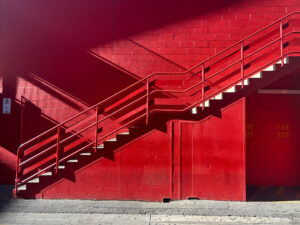





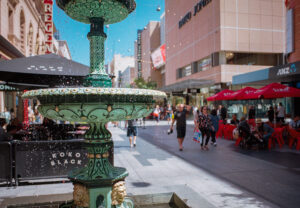


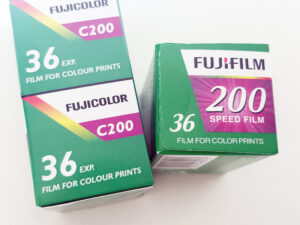






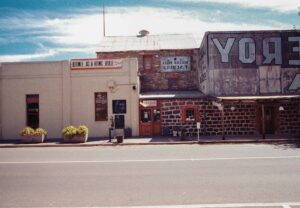















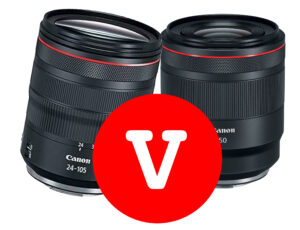

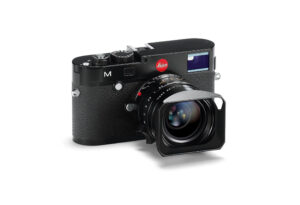






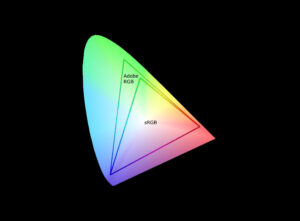










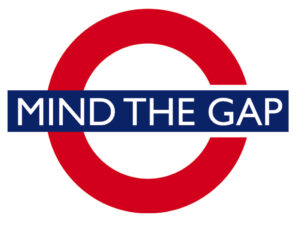















2 Responses
‘It’s Not About Megapixels. It’s About Light.’
This caption is ironic since you’re actually defending mf here. The medium format sensor captures significantly more light than full frame and reduced noise at higher ISO. What you seem to mean is you prefer a shallower depth of field.
Just say you don’t like the lens.
Ultimately it is lighting that makes images look sharp and detailed, and clarity and lighting can be showcased to their max with the right lens, which is why I am a massive fan and user of the Summilux F1.4s on 35mm Full Frame. The big sensor in the medium form Fuji 100RF is an excellent sensor – its proven in other medium format camera by Fuji. The camera, based on samples and tests produces stunning results and is serious competition for the Leica Q or Leica M with a Summilux, but it is not the combination for me. I want a faster lens to take full advantage of the sensor.